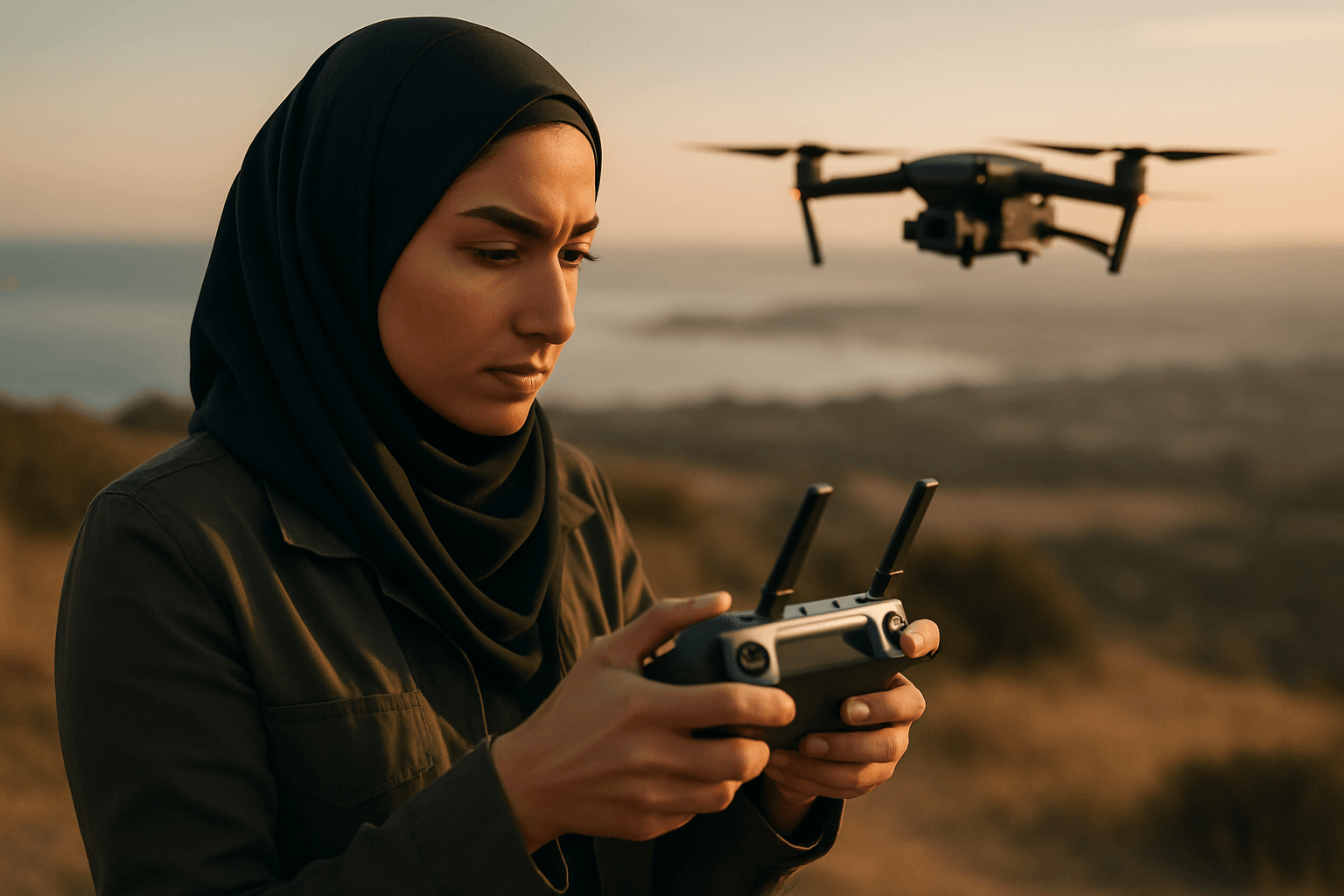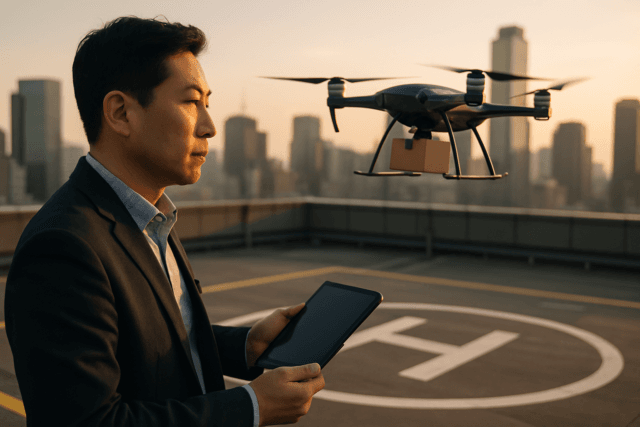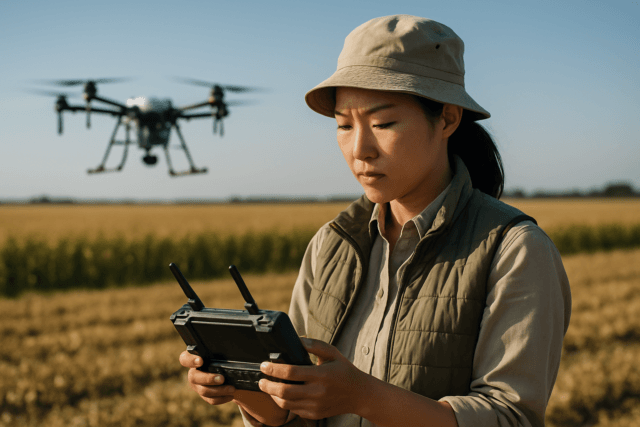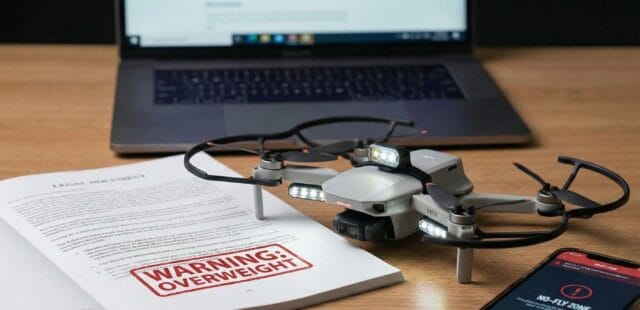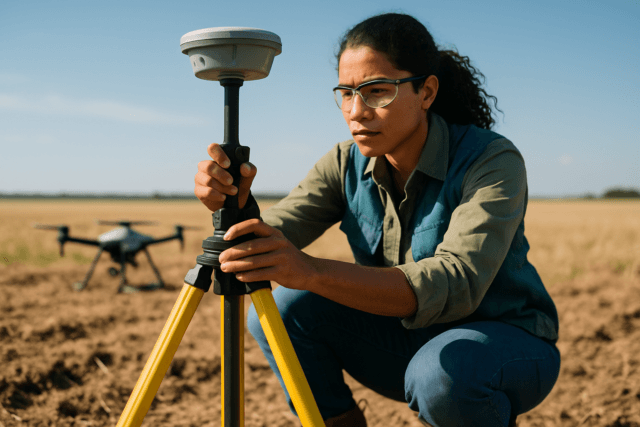Capturing breathtaking, cinematic aerial footage with a drone transcends simply pointing and shooting. It’s an art form that blends technical mastery with creative vision, demanding precise control over both your drone’s camera settings and its flight path. To elevate your drone videography from amateur clips to professional-grade storytelling, understanding and applying the right settings is paramount. This guide will walk you through the essential configurations and techniques to achieve that coveted smooth, immersive, and visually stunning cinematic look.
Core Camera Settings for Cinematic Drone Video
Achieving a cinematic aesthetic begins with meticulous camera setup. These settings work in concert to create the natural motion blur and rich imagery characteristic of professional film.
Resolution and Frame Rate: The Foundation of Quality
For unparalleled detail and flexibility in post-production, always aim to shoot in 4K resolution if your drone supports it. This higher resolution allows for cropping, reframing, and more effective stabilization without significant loss of quality.
When it comes to frame rate, the “cinematic standard” is often considered to be 24 frames per second (fps), as it mimics traditional film. However, 25fps or 30fps can also be used for slightly smoother motion, especially for web content. If your intention is to incorporate slow-motion effects, shoot at a higher frame rate like 60fps or even 120fps, then slow it down in editing. This ensures buttery-smooth slow-motion playback without choppiness.
The 180-Degree Shutter Rule: Essential Motion Blur
To achieve natural-looking motion blur, a hallmark of cinematic footage, adhere to the “180-degree shutter rule”. This rule dictates that your shutter speed should be approximately double your chosen frame rate.
- For 24fps, set your shutter speed to 1/48th or 1/50th of a second.
- For 30fps, use 1/60th of a second.
- For 60fps (for slow motion), use 1/120th of a second.
This prevents the “jittery” or “stuttering” effect that can occur with faster shutter speeds, making the footage appear more fluid and natural to the human eye.
ISO: Minimize Noise for Clean Images
Keep your ISO as low as possible, ideally ISO 100, to minimize digital noise and grain in your footage, especially in darker areas. Drones, like many smaller cameras, can struggle in low light, so a low ISO is crucial for clean, professional results. Manually setting your ISO prevents it from changing mid-shot, ensuring consistent exposure.
Color Profile: Maximizing Dynamic Range
To gain maximum flexibility during color grading in post-production, shoot in a flat color profile such as D-Log, D-Log M, or D-Cinelike. These profiles capture more detail in highlights and shadows, offering a wider dynamic range, even if the footage appears dull or “washed out” directly from the camera. You can then apply a D-Log to Rec.709 LUT (Look-Up Table) in your editing software as a starting point for color correction and grading, bringing the colors back to life and establishing a cinematic mood. Some drones, like the DJI Mavic 3 series, genuinely offer D-Log, while others like the Mini and Air series use D-Log M or HLG, which might behave differently but still offer more latitude than standard profiles.
White Balance: Consistency is Key
Avoid automatic white balance, as it can shift mid-shot and ruin consistency. Instead, set your white balance manually according to the lighting conditions. For typical daylight, a setting around 5500K is a common starting point. Manually adjusting ensures a consistent color profile across all your footage.
ND Filters: Your Secret Weapon for Exposure
Neutral Density (ND) filters are indispensable for achieving cinematic drone footage, especially in bright conditions. They act like “sunglasses for your lens,” reducing the amount of light hitting the sensor without affecting color. This allows you to maintain the crucial 180-degree shutter rule while preventing overexposure. ND filters help control exposure, manage contrast, enhance color saturation, and even maintain a shallow depth of field. A set including ND4, ND8, ND16, and ND32 will cover most daylight situations.
Achieving Smooth and Deliberate Flight Movements
Beyond camera settings, the way you fly your drone is critical for cinematic results. Smooth, controlled movements are paramount.
Slow and Deliberate Flying
The most fundamental rule for cinematic drone footage is to fly slowly and deliberately. Avoid abrupt, jerky control inputs, and think of your drone as a heavy camera crane rather than a racing quad. Gently ease into turns, climbs, and pans.
Utilizing Intelligent Flight Modes
Modern drones, particularly DJI models, offer “Intelligent Flight Modes” that automate complex movements, making smooth shots significantly easier.
- Cinematic Mode (Cine Mode/Tripod Mode): This mode is specifically designed for smooth video, reducing the drone’s movement speed, stick sensitivity, and turning speed.
- ActiveTrack/Follow Me: Locks onto a subject and tracks its movement, keeping it centered in the frame.
- Point of Interest (POI): Makes the drone automatically orbit a subject at a set radius and altitude.
- Waypoints: Allows you to pre-program a flight path with multiple points, which the drone will then follow smoothly.
Cinematic Maneuvers and Composition
- Push-In/Pull-Out: Gradually move towards or away from a subject or landscape.
- Tracking Shots: Follow a subject from behind, in front, or to the side, maintaining a consistent distance.
- Aerial Pan: Rotate the drone left or right to reveal a wide view, often with subtle forward or backward movement for depth.
- Parallax Orbit: Orbit around a subject while keeping it centered, creating dynamic depth.
- Pedestal/Reveal Shot: Fly straight up or down (pedestal), or start low behind an object and slowly rise to unveil the scene (reveal).
- Top-Down: Directly above your subject, either stationary or rotating for visual interest.
Always check weather conditions, as wind is the arch-nemesis of smooth drone footage. Calibrate your drone and gimbal regularly, and adjust gimbal settings for smoothness, as default settings can often be too sensitive for cinematic shots. Keep the horizon in frame where appropriate for a more professional look.
Post-Production for a Polished Film Look
Editing plays a crucial role in giving drone footage a cinematic finish.
- Color Correction and Grading: Start with color correction (exposure, white balance) then move to color grading to establish mood. Use LUTs designed for your drone’s color profile (e.g., D-Log M to Rec.709) as a base. Aim for subtlety; over-processed footage can look artificial.
- Stabilization: If minor shakes occur, use stabilization tools in editing software like Premiere Pro or DaVinci Resolve, but remember heavy stabilization can crop or distort the image. The goal is to capture footage as smooth as possible in-camera.
- Bitrate: Ensure your drone records at a high bitrate (100-150 Mbps is common) to retain maximum detail, especially when filming wide aerial shots with a lot of movement. Maintain a medium to high bitrate when exporting to preserve quality.
- Reduce Sharpening: Turn off in-camera sharpening or reduce it, as cinematic footage often benefits from a slightly softer, more natural look that can be enhanced in post-production.
- Storytelling: Ultimately, cinematic footage serves a narrative. Use drone shots deliberately to serve your story, rather than just for the sake of an aerial view.
By mastering these camera settings, practicing smooth flight techniques, and applying thoughtful post-production, you can transform your drone footage into truly cinematic aerial masterpieces that captivate your audience.

